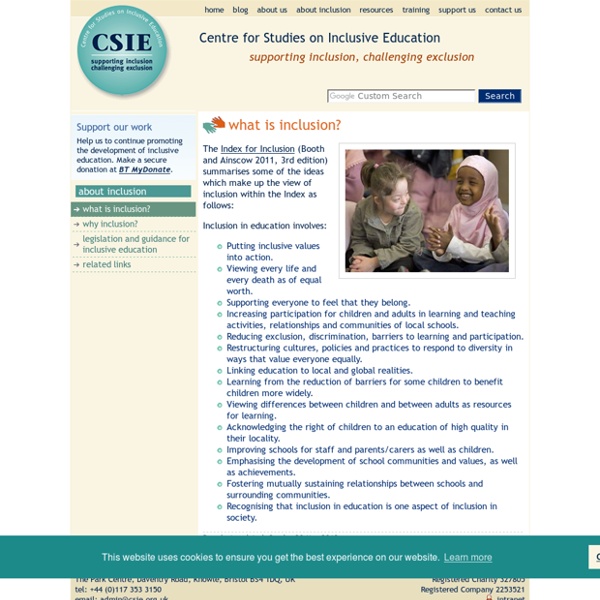



Pervasive Developmental Disorders Information Page What are Pervasive Developmental Disorders? The diagnostic category of pervasive developmental disorders (PDD) refers to a group of disorders characterized by delays in the development of socialization and communication skills. Parents may note symptoms as early as infancy, although the typical age of onset is before 3 years of age. Is there any treatment? There is no known cure for PDD. What is the prognosis? Early intervention including appropriate and specialized educational programs and support services plays a critical role in improving the outcome of individuals with PDD. What research is being done? The NINDS conducts and supports research on developmental disabilities, including PDD. Prepared by: Office of Communications and Public Liaison National Institute of Neurological Disorders and Stroke National Institutes of Health Bethesda, MD 20892 All NINDS-prepared information is in the public domain and may be freely copied.
Articles Inclusion! The Bigger Picture by Marsha Forest & Jack Pearpoint Our key question as we initiate a new millennium is "How do we live with one another?" Inclusion means inclusion! Inclusion means Welcome "I want to be included!" Why does this humble proposal evoke such strong reaction? We believe that the Inclusion issue cuts directly to the core of our values and beliefs. Inclusion is NOT about placing a child with a disability in a classroom or a school. How else can we explain the emotions unleashed by the presence of a tiny child in a wheelchair or the presence of a teenager with down syndrome in a local school in Canada, the United States or Britain. However, in danger there is also opportunity for growth. Inclusion does not mean we are all the same. A child or adult with a disability is a symbolic personal crucible where we face our feelings about differences head on. Inclusion instigates this kind of reflection. The Three Monsters... The Need to Belong Our world is rife with conflict.
THINK first | Welcome to AutismFitness.com! Disabled rights pioneer Lord Morris of Manchester dies 14 August 2012Last updated at 08:44 ET A look back at the life of Lord Morris Disability rights pioneer and Labour peer Lord Morris of Manchester has died at the age of 84. As Alf Morris, he was MP for Manchester Wythenshawe from 1964 to 1997 and became the UK's first minister for the disabled in 1974. His work led to the first disability rights legislation, 1970's Chronically Sick and Disabled Persons Act. Labour leader Ed Miliband said he was deeply saddened and described the peer as "a Labour man through and through." Lord Morris's act, which sought to give people with disabilities equal opportunities in society, faced opposition from within his own party and was almost scuppered when the 1970 general election was called by Prime Minister Harold Wilson. However, it survived in the short "wash-up" period before the election and became law, the first of its kind in the world. It set down specific provisions to improve access and support for people with disabilities. 'Transformed lives'
Digital Citizenship Teaching Strategies The book “Teaching Infants and Preschoolers with Disabilities”, by Donald B. Bailey and Mark Wolery, suggests 10 intervention strategies to promote learning. These intervention strategies are also applicable to teaching older students. Structuring the physical space to promote engagement and learning The physical environment should be structured to promote experiences that will cause children to learn important skills. Structuring the social environment by using models, proximity, and responsive adults to promote engagement and learning The adult should be sensitive to the child’s behavior and assume the role of observer or monitor. The adult should read the child’s behavior as intents to interact. The physical and social environment should be responsive to the children’s behavior. The adult should encourage children’s ongoing interactions. The adult should support and encourage children’s attempts to display more complex behaviors. Using children’s preferences to promote learning
Technology meets Education » Wicked Problem Project This Wicked Problem Project required me to to define and to partially implement a project that applies technology to address an actual educational need in my setting. This presentation will examine the educational need I identified and the solution I chose, how I applied TPCK to the problem, an analysis of the implementation of the project and my findings and proposals for future use of the technology. Problem The need I identified was a group of students who had been struggling with directions to describe movement. Solution The technology I felt was appropriate to address this issue was the Bee-Bots. There was limited research specifically related to Bee-Bots to guide my project. Applying the TPCK Framework to this project allowed me to better examine how the technology could be used to enhance this particular learning experience. WPP Presentation
iDress for Weather Sites for Autistic Support Teachers! AdaptedLearning.com A new site from Mayer-Johnson! This site provides an endless amount of Boardmaker files! You must have Boardmaker to open the files. Southern California Autism Training Collaborative Website Lots of examples of structured work jobs. Visual Aids for Learning Some free, printable, visuals to help people learn everyday activities. Spectronics Symbol Activity Exchange Assistive Technology Team Lots of free, printable Boardmaker activities. OMAC Consulting A fantastic site by Cindy Golden. Crafty Chic Some free, printable file folder games. ZAC Browser - Zone for Autistic Children ZAC is the first web browser developed specifically for children with autism, and autism spectrum disorders such as Asperger syndrome, pervasive developmental disorders (PDD), and PDD-NOS. Special thanks to my father, Thomas Glew for sending in this site. Create A Graph Make many different types of graphs. Positively Autism Free resources, lesson plans, teaching materials, and more! Slater Software Inc.